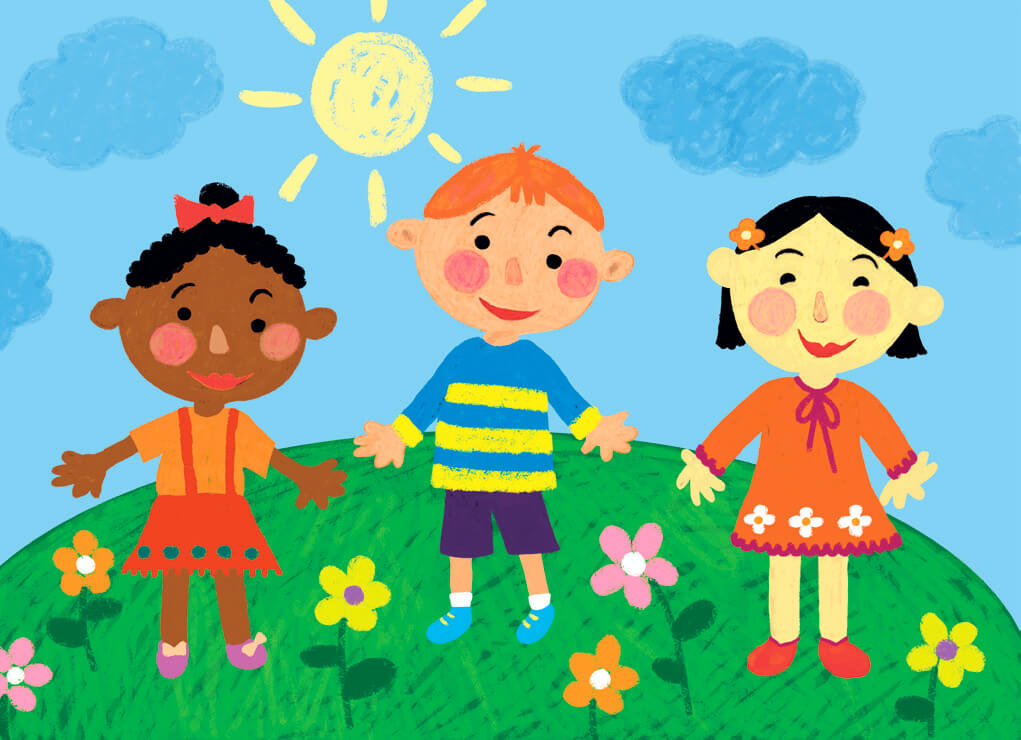Purpose: clarification of the concepts of “identity” and “differences”.
Expected results: All students to increase their knowledge about the different categories of people with special educational needs, to get acquainted with other differences between people and to acquire a higher level of tolerance in society.
Everyone is different and has a different role in society. The word 'identity' means a person's understanding of self and the realization that he is an individual with his own qualities. Differences between people in society can be based on their understandings, desires, goals, needs, skin color. Very often, children who have special needs are defined as "different" - children who do not hear, do not see or have a physical disorder. Maybe you yourself have such a child in your class?
Whatever the differences, it is good to know that all people have equal rights and obligations in society and should not be excluded from it. Understanding the equal rights of all members of society is called tolerance.
The most common differences in class and school among children can be:
- Students with hearing impairment - they often wear implants or hearing aids. Some of them speak sign language (the language of deaf people). They need you to speak clearly to them and look them in the eye to be able to understand most of the information that the conversation carries;
- Visually impaired students - Not all visually impaired people you meet need to be completely blind, use a white cane or write in Braille. They may have reduced vision and simply need certain classroom conditions to make their learning easier. They often wear glasses to watch out for in games;
- Students with movement disorders - cerebral palsy is very common. These children need help getting around and often use aids such as a stroller, walker or special chairs on which they stand in the classroom.
- Students with autism - these children often have illogical behavior, and children are left with the impression that they are not interested in others and are not interested in their games. This is not true and you should know that they also need friends and entertainment;
- Students with different skin colors - those children who differ sharply in appearance from you, are often referred to as different precisely because of this.
- Mentally retarded students - they look just like you, but have trouble memorizing large amounts of information quickly. It is more difficult for them to learn to read and write.
Remember:
- All people have their own identity;
- All people have the same rights and obligations, regardless of the color of their skin or any disorder or disease;
- All of you, regardless of your individual differences, can study and have fun together!
Guessing game: "How are two students different from the third one"

Game description: Each participant chooses two of the first or the second picture, finds common ground between them that distinguishes them from a third child (maybe from the same or different illustration). For example, “I choose the first and fourth child, which are different from the fifth. Will you guess by what? (They have red sneakers, and they are blue). Or: “I choose the first and the sixth child, which are different from the second. You guessed it
in what? (They have the same eye color.) “Anyone who guesses can put their own riddles before others. For more commitment in the elections, the game can also be held in "dyads" (in pairs, the children come up with reasons together).








